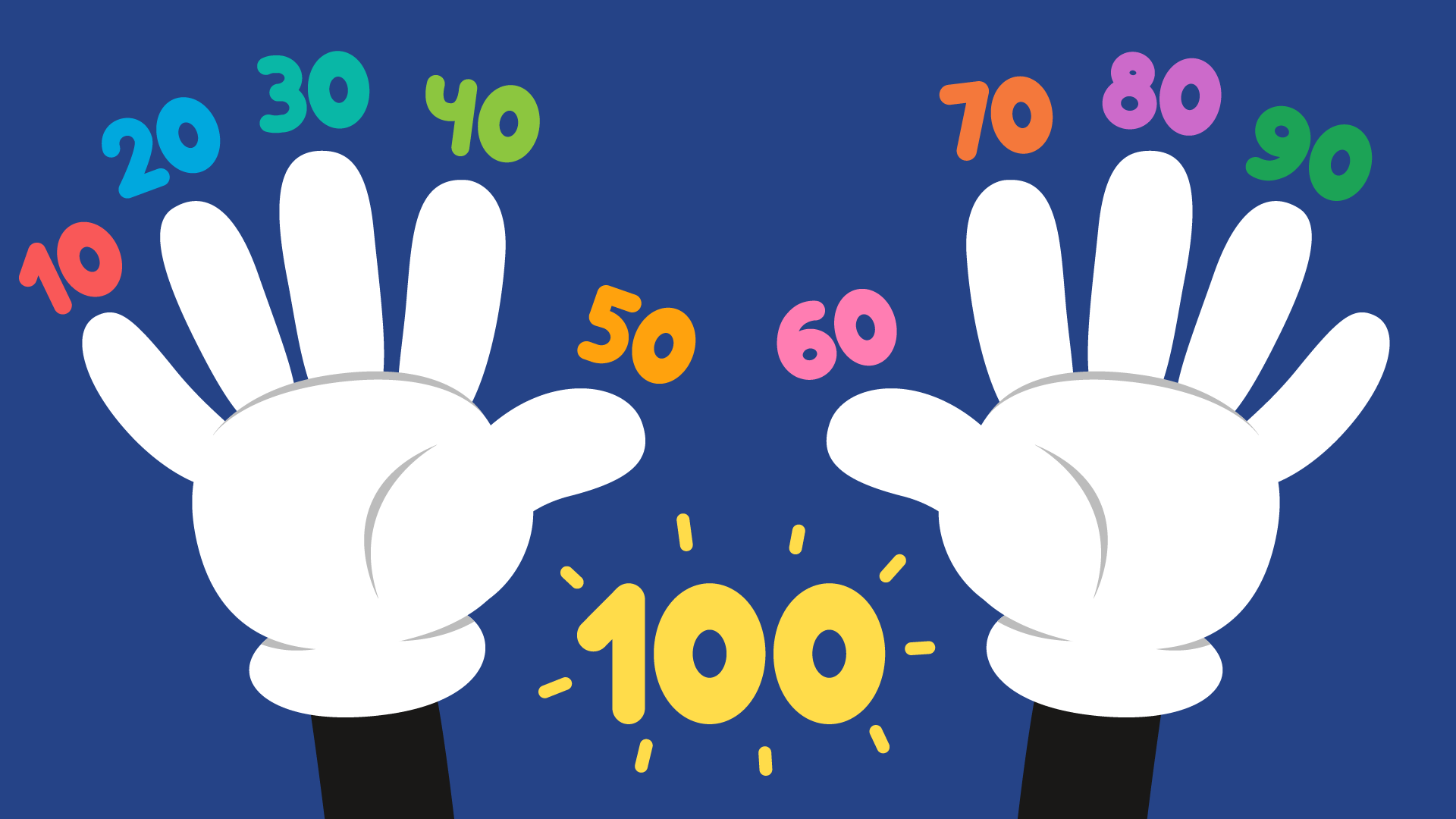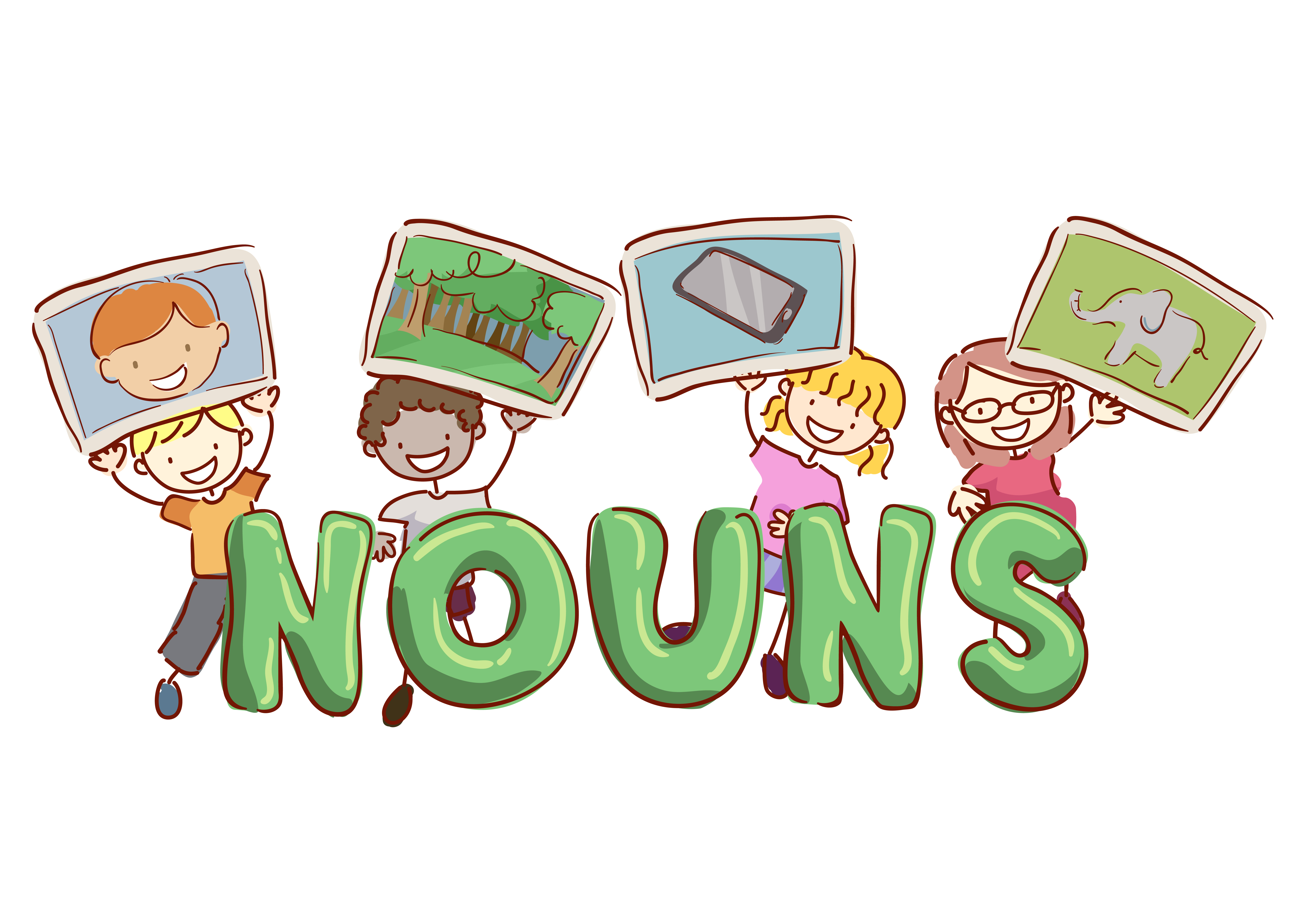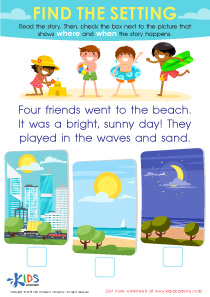Shape Recognition Easy Worksheets for Ages 7-8
17 filtered results
-
From - To
Discover our engaging Shape Recognition Easy Worksheets designed specifically for ages 7-8! These resources provide a fun and interactive way for young learners to identify, categorize, and understand various shapes. Each worksheet is crafted to enhance visual perception and critical thinking skills while reinforcing spatial awareness through exciting activities. From coloring and matching shapes to real-world problem-solving tasks, our easy worksheets cater to different learning styles, making them perfect for classroom or home use. Ideal for teachers and parents looking to support their child's learning journey, these worksheets make mastering shape recognition enjoyable and effective. Explore the world of shapes today!


Cone Hide-and-Seek Worksheet
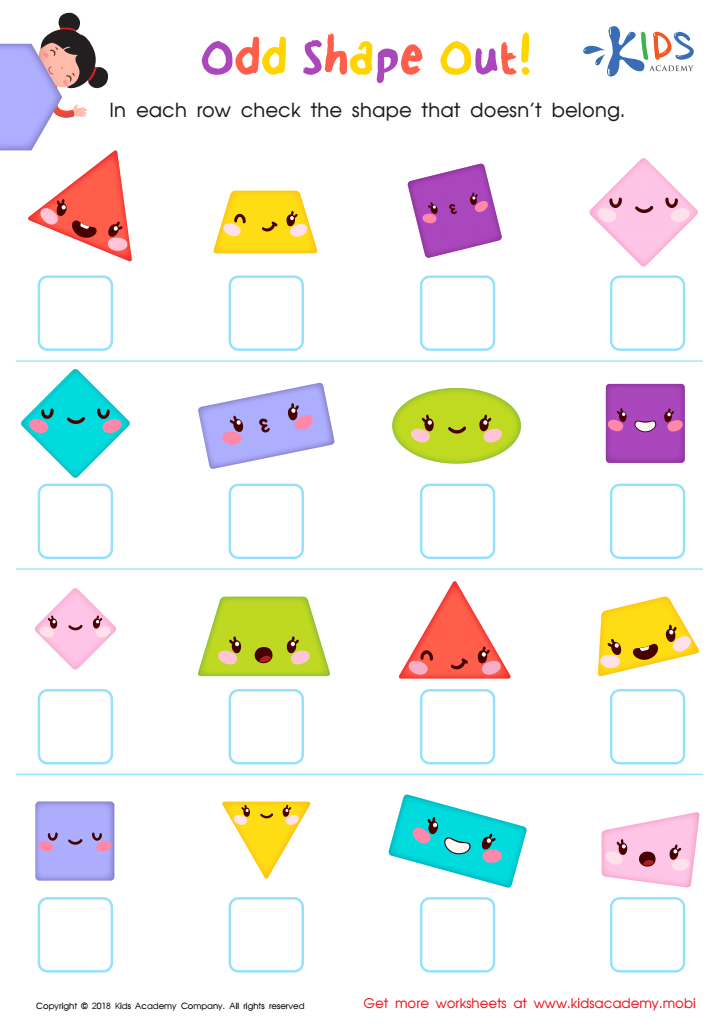

Odd Shape Out Worksheet for Grade 3
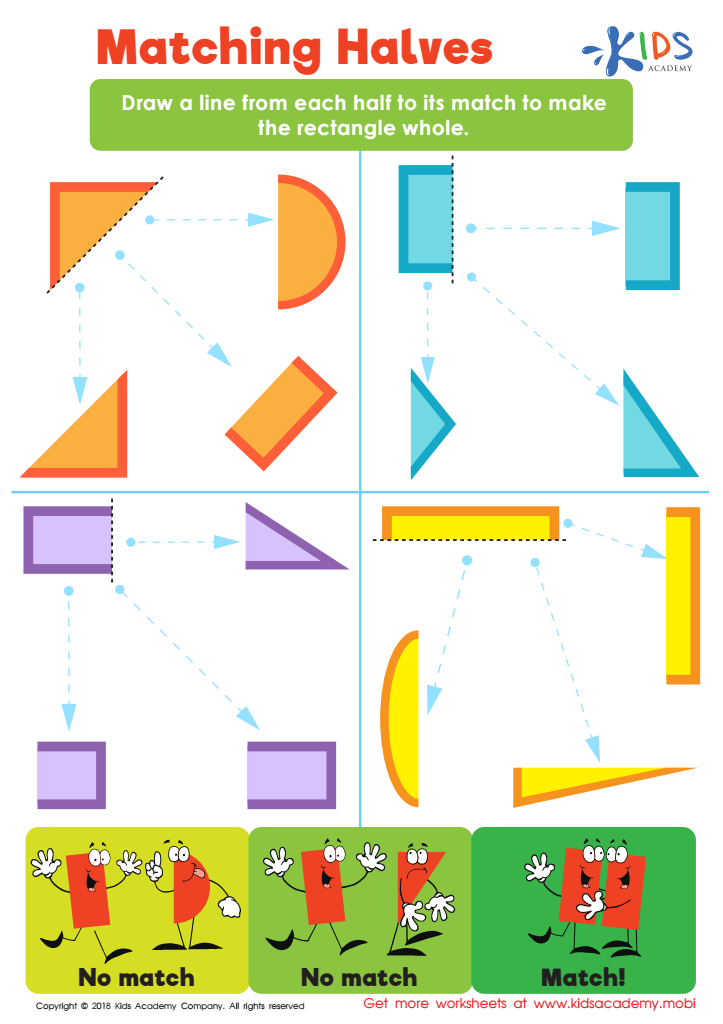

Matching Halves Worksheet
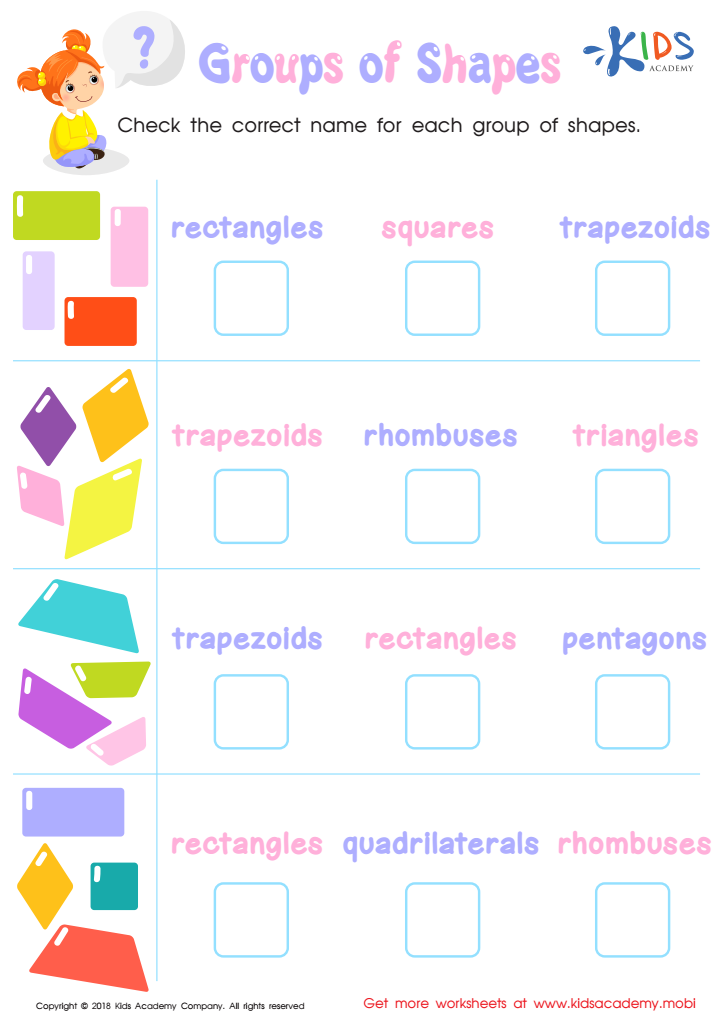

Groups of Shapes Worksheet


Faces of 3D Shapes Worksheet
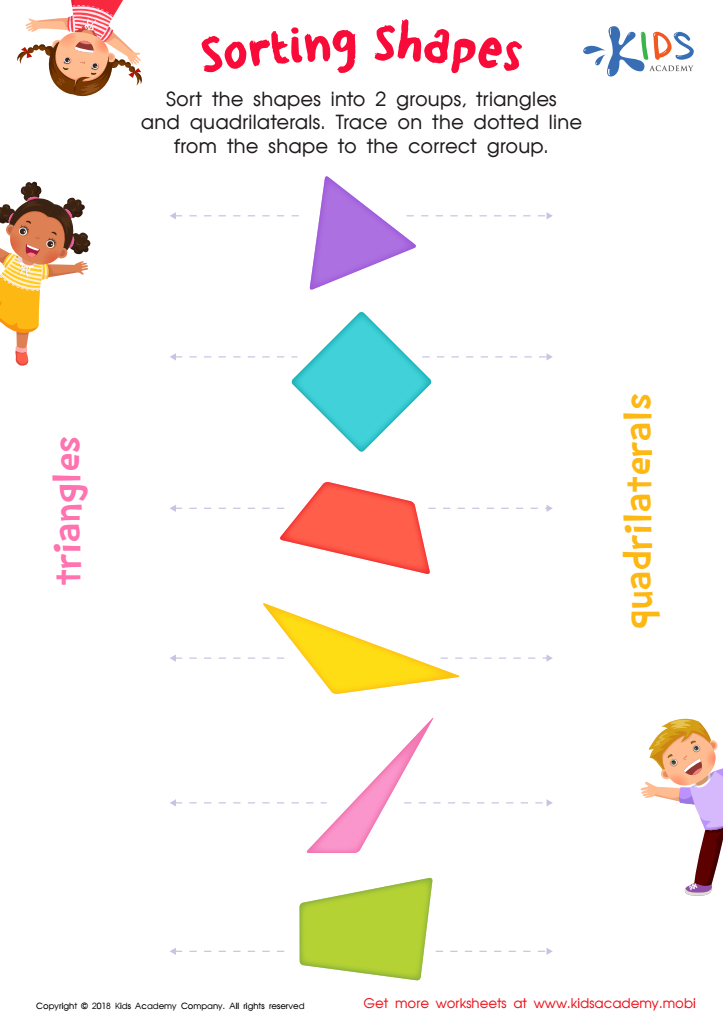

Sorting Shapes Worksheet
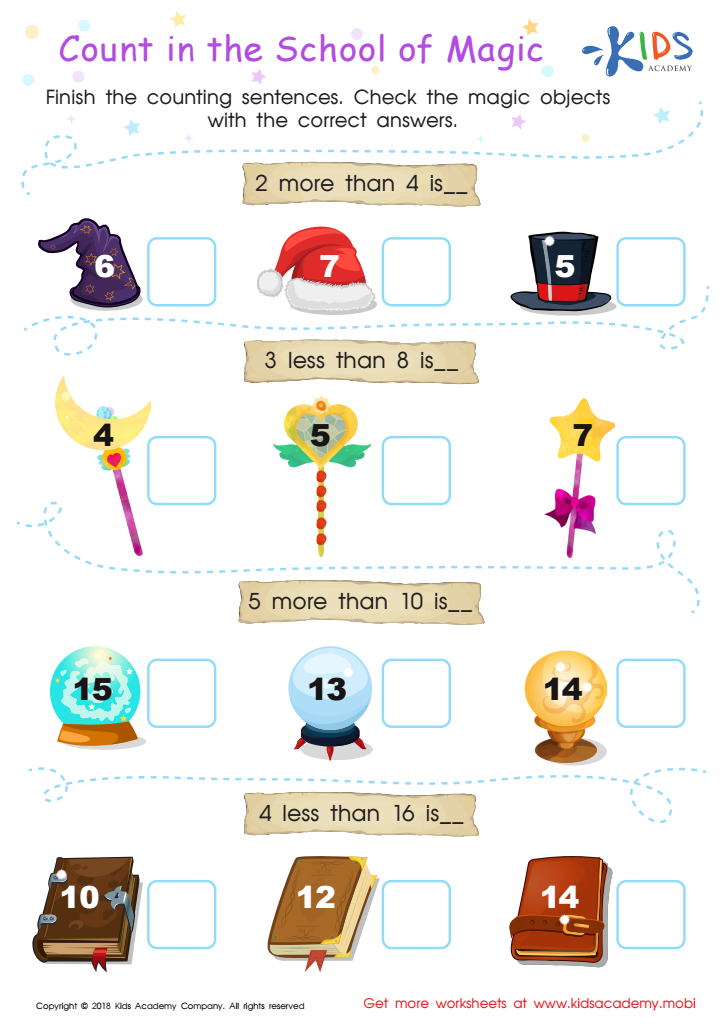

Count in the School of Magic Worksheet
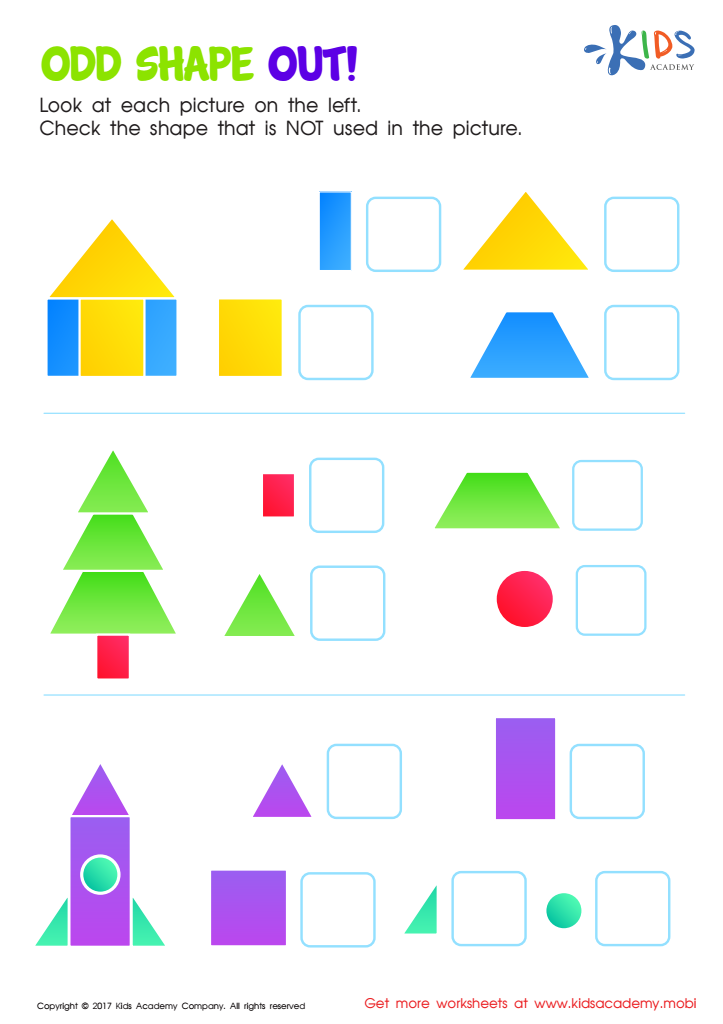

Odd Shape Out Worksheet for Grade 1
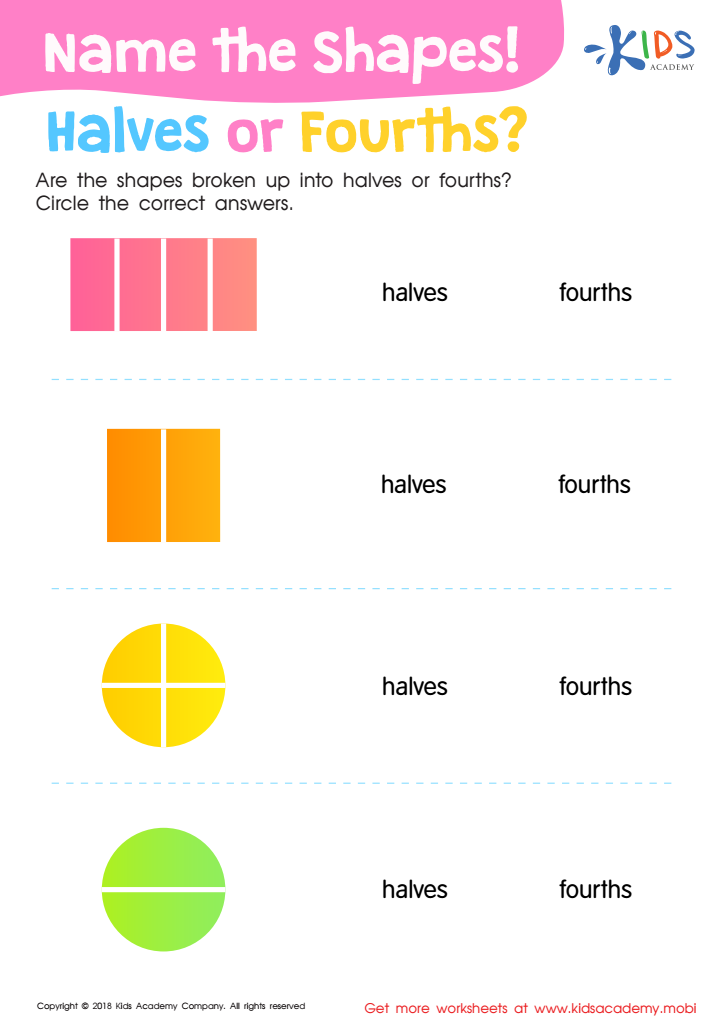

Name the Shapes Halves or Fourths? Worksheet
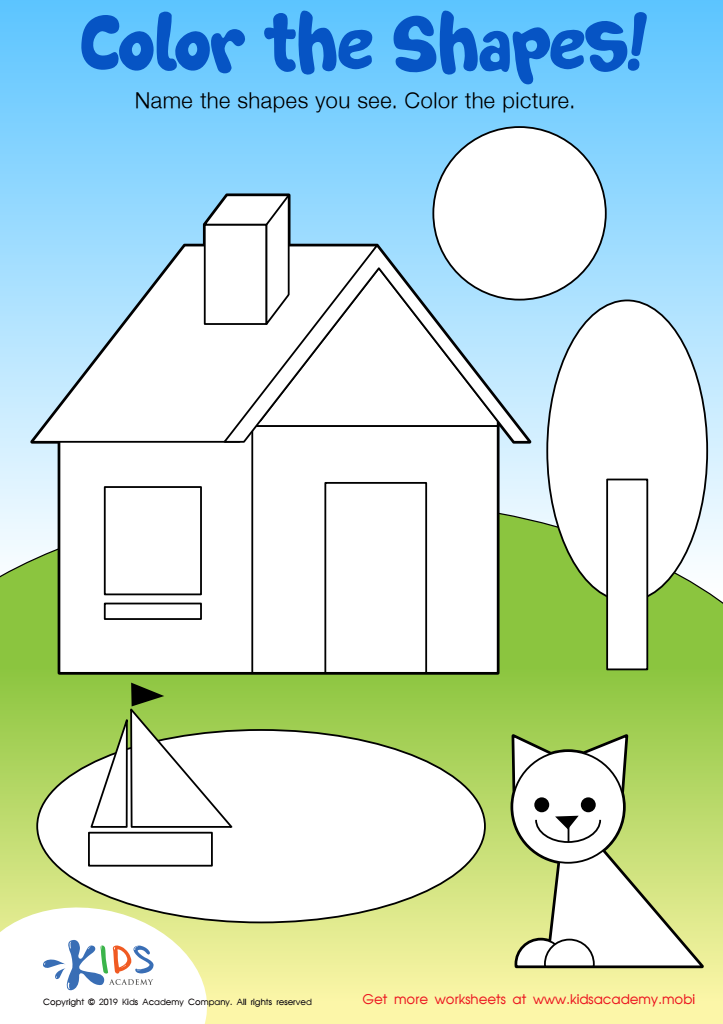

Color the Shapes Worksheet
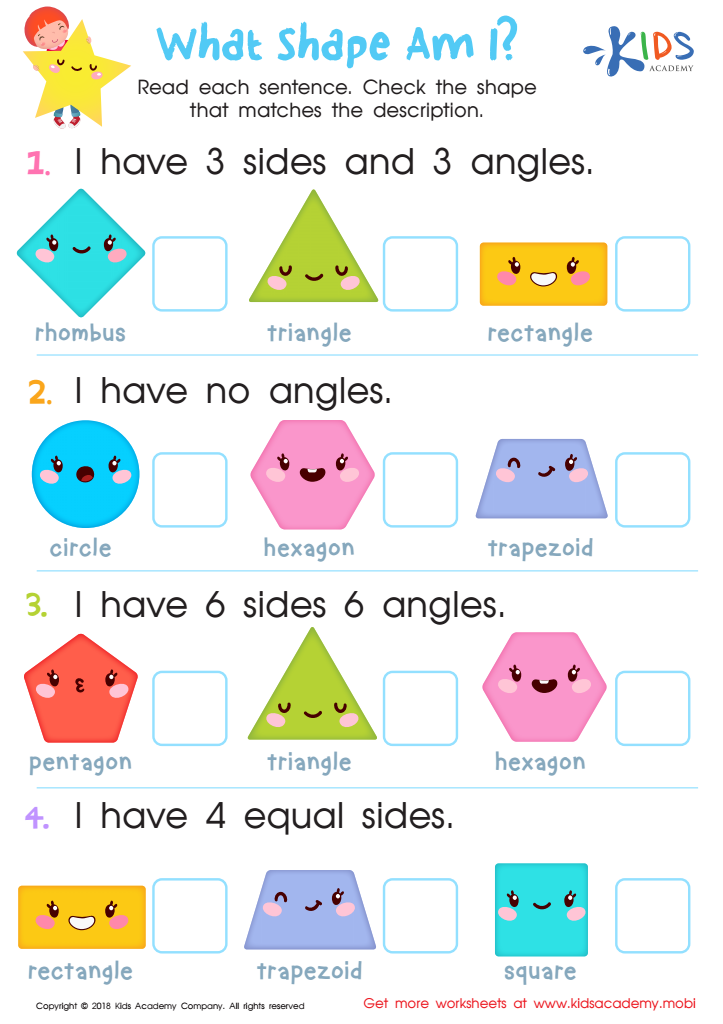

What Shape Am I? Worksheet
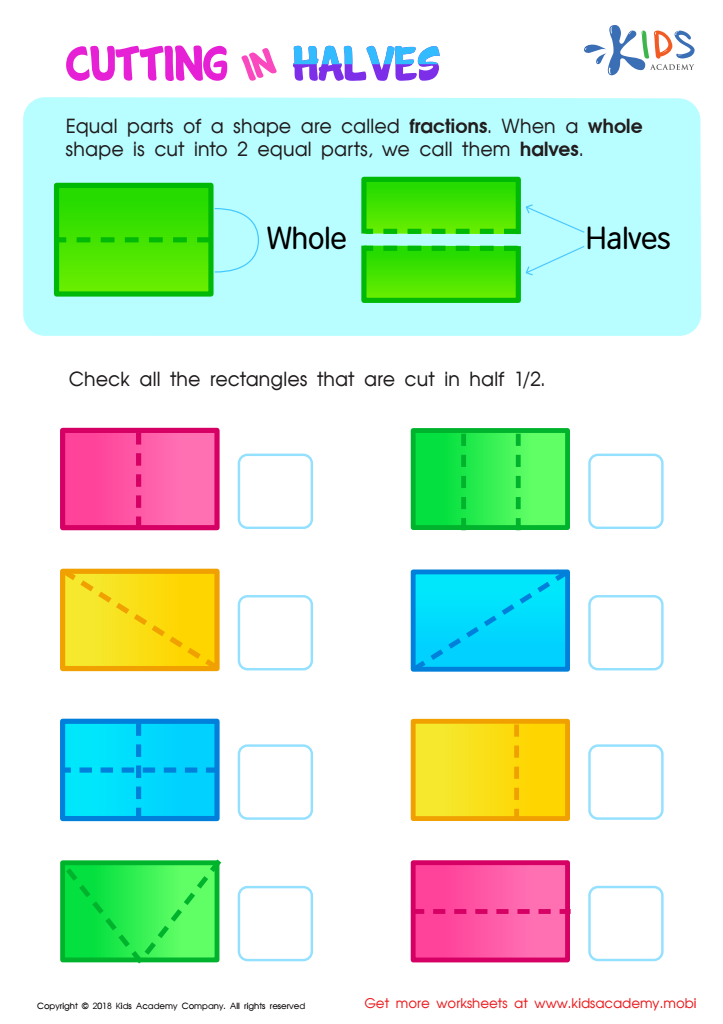

Cutting in Halves Worksheet
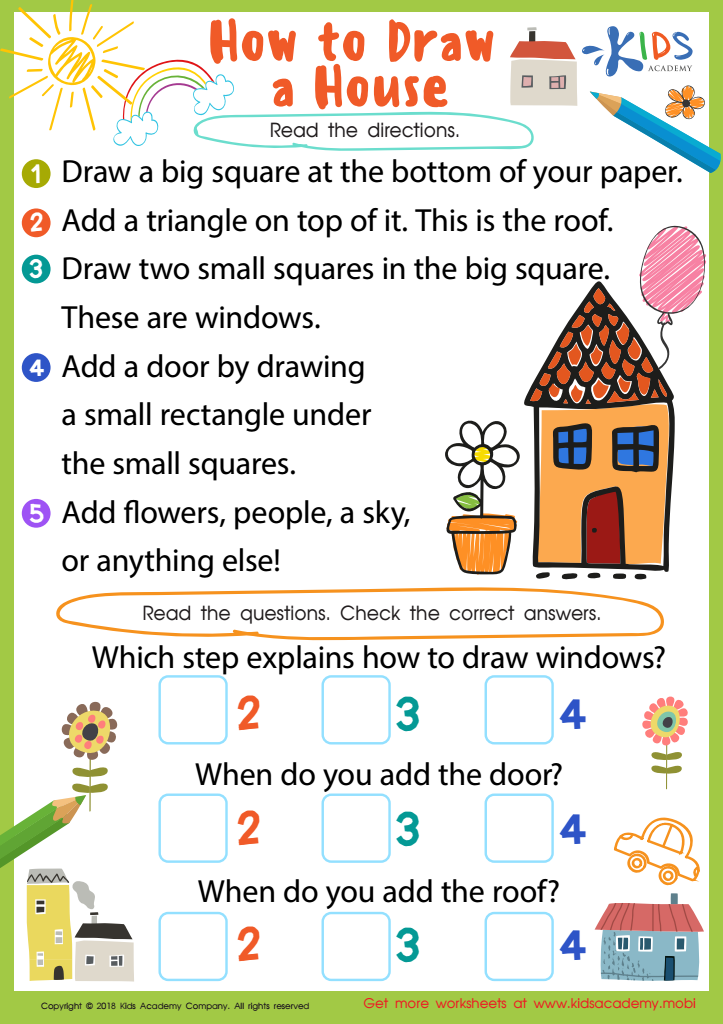

How to Draw House Worksheet
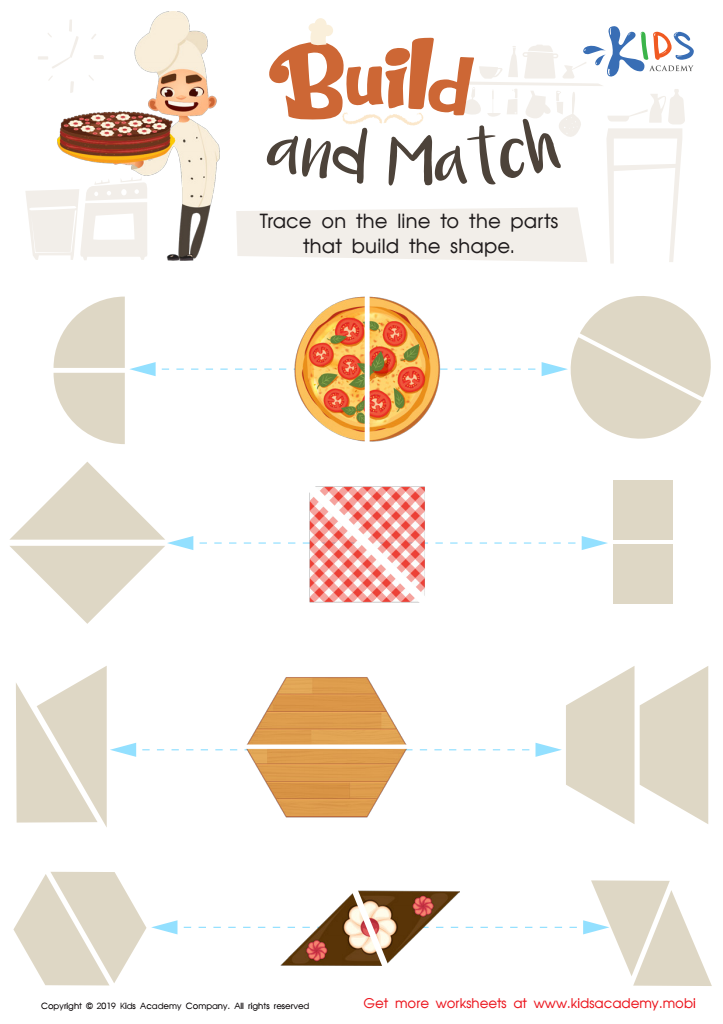

Build and Match Worksheet
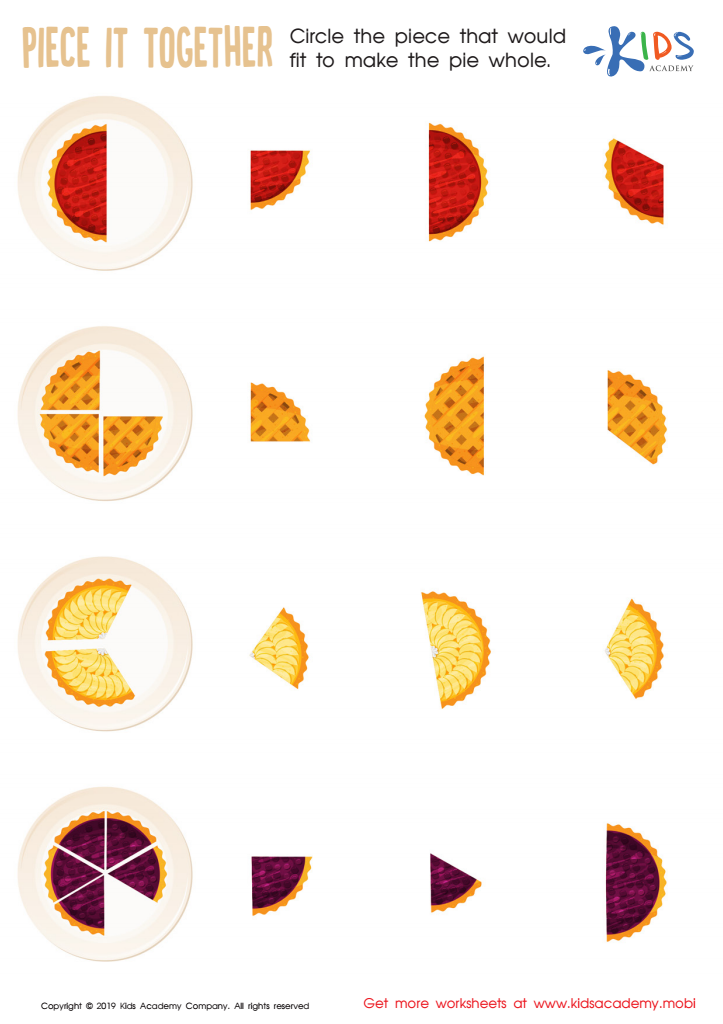

Piece it together Worksheet
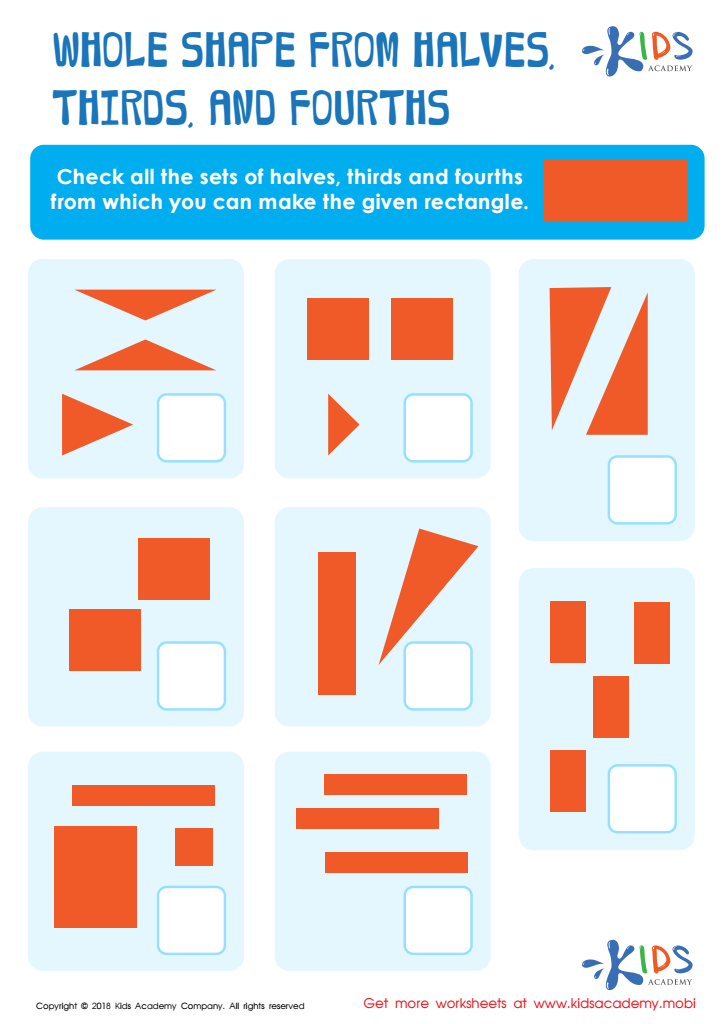

Whole Shape from Halves, Thirds and Fourths Worksheet
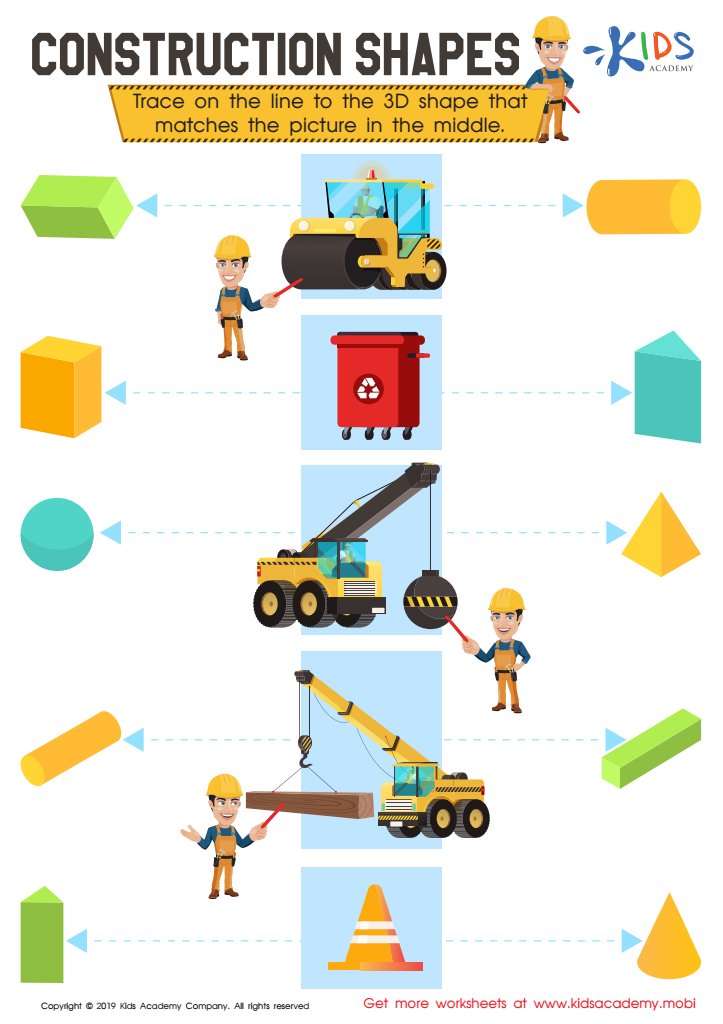

Construction Shapes Worksheet
Shape recognition is a fundamental skill for children aged 7-8, as it lays the groundwork for various areas of learning and development. For parents and teachers, fostering this skill is vital because it is essential in mathematics, sciences, art, and everyday problem-solving. At this age, children are beginning to understand abstract concepts, and shape recognition helps them grasp geometry and spatial relationships.
Moreover, recognizing shapes contributes to the development of critical thinking and cognitive skills. It enhances their ability to categorize and differentiate between objects, which is crucial for logical reasoning later in life. Additionally, mastering shape recognition can boost a child’s confidence in their analytical abilities, encouraging a positive attitude towards math and science.
Incorporating shape activities into everyday learning can also create fun and engaging experiences, making education more enjoyable. It allows for hands-on learning opportunities, encouraging creativity through art and practical applications. Staying engaged with and cultivating a child's spatial awareness in these early years not only supports their academic journey but also contributes to their overall cognitive development, ensuring a strong foundation for future learning endeavors. By prioritizing shape recognition, parents and teachers can help children thrive in both academic and social contexts.
 Assign to My Students
Assign to My Students








